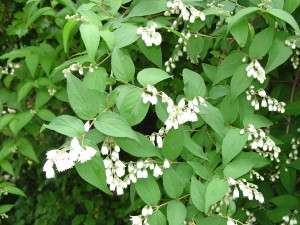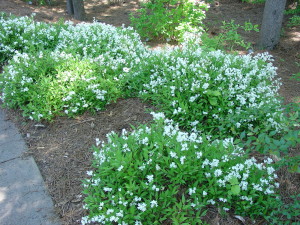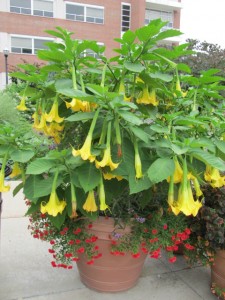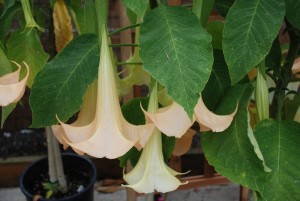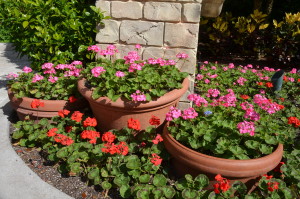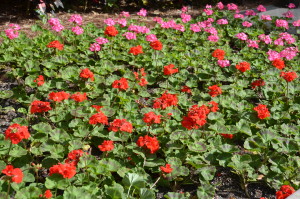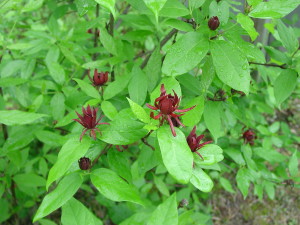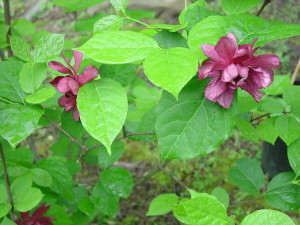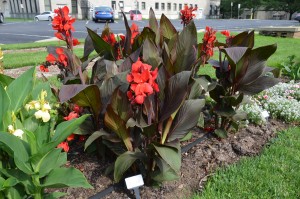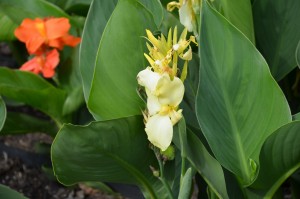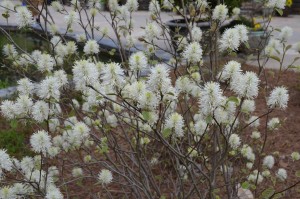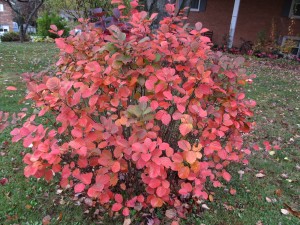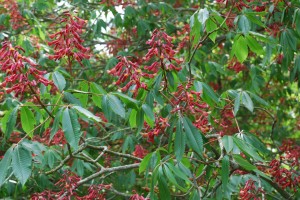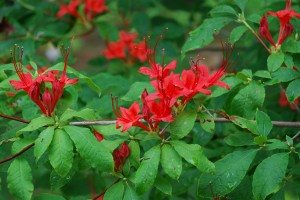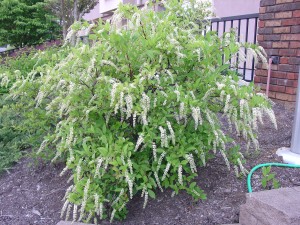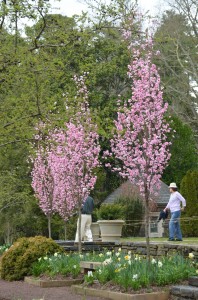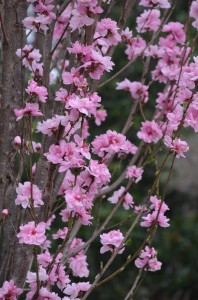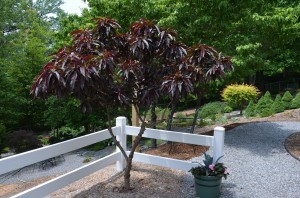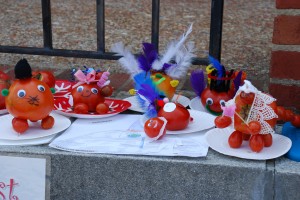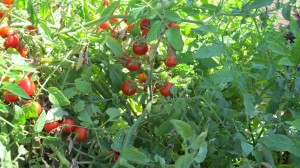Most gardeners have never heard of deutzias (Deutzia spp.) which is very unfortunate. There are many species of deutzias. They bloom in spring and grow into many shapes and sizes.
Slender Deutzia (Deutzia gracilis) is a small densely branched deciduous shrub with upright to slightly arching branching (USDA zones 5-8). This diminutive mid-spring flowering shrub will brighten up any garden with its 2-4 feet high size. Small 1/4 inch wide white bell-shaped flowers cover the shrub for nearly two weeks. Elliptic to lanceolate leaves (to 2.5” long) are deep green with no fall color.
All are easily to grow in average, medium moisture, well-drained soil, and in full sun to partial shade. Best flowering occurs in full sun. Stems are wiry (“slender”) and are somewhat short-lived, requiring minor annual pruning immediately after flowering to remove dead twigs and tips of branches.
While disease and pest problems are rarely serious, keep an eye out for occasional aphids, leafminers, and leaf spots.
Exceptional cultivars:
‘Nikko’ is an outstanding low-growing selection that grows more compact form than the species. Well suited for small spaces or used as a groundcover, it forms a graceful, spreading mound 2 feet in high and spread to 5 feet in 10 years. Its gently arching branches are covered by white flowers. It makes a great container shrub or may cascade over a low wall. (National Arboretum introduction).
Chardonnay Pearls® is singled out for its attractive lemon-lime foliage and unique floral buds. This compact shrub grows to 3 feet tall and branches freely. Its unique pearl-white flower buds open to fragrant white flowers in May.

